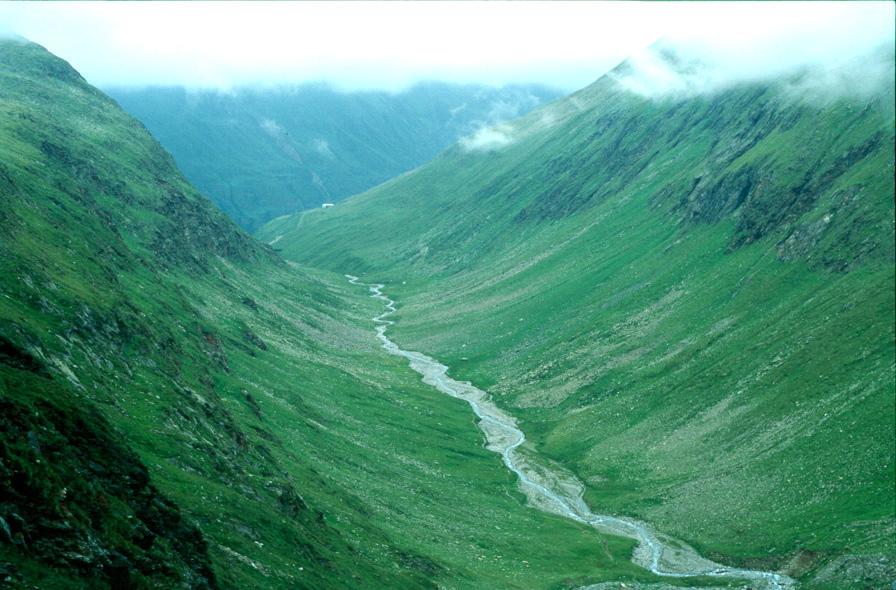 |  PAVED- A Software suite for the analysis of epigenome-derived next generation sequencing data |  |
MAIN INDEX ANALYTICAL PIPELINE CONTACT SYSTEM REQUIREMENTS PAVED Package Example Data | List of Available UtilitiesThis page lists the utilities available in PeakAndValleyDetector. The input to the program are sorted control and experimental binary alignment map (BAM) files. The fastq files must be aligned to genome of interest by using utilities such as BWA, BOWTIE and Novoalign, to name a few. The aligned reads are converted to binary alignment map (BAM) format and are sorted using Samtools sort function. The data used in this tutorial is available in "data" directory that comes with this software package.1) findInsertSizeStatistics- This utility takes a BAM file as input and calculates median insert size. It also provides information on insert size and fragments corresponding to that insert size. 2) filterBAMbyInsertSize- This utility takes a bam file and two parameters, minimum insert size and maximum insert size as input and filters the bam file to include only those fragments that are within that insert size range. 3) findFragmentDepth- This utility takes a bam file and finds coverage at each base based on the fragments. Each fragment is assumed to cover the region ranging from the begining of the read on the left to the end of the paired read on the right including the segment between the reads. 4) findReadDepth- This utility takes a bam file and finds coverage based on the reads aligned to the genome. This is appropriate utility to find the coverage when dealing with single ended reads or when you want each read to be considered independently irrespective of where its pair is aligned. 5) findAlignedReads- This utility takes a bam file as input and finds the number of reads that are aligned to the genome. 6) data4HistogramDepth- This utility takes coverage file generated using findFragmentDepth or findReadDepth as input and generates a file containing coverage and their relative count. It also reports average coverage value. 7) normalizeDepthFile- This utility takes a coverage file generated by findFragmentDepth or findReadDepth and normalizes it by a factor specified. 8) foldChangeReadDepth- This utility takes as input two normalized coverage files (experimental and control) generated by normalizeDepthFile and reports the fold change values between them. 9) findValleys- This utility takes as input the fold change file generated using the utility foldChangeReadDepth and finds regions that have valleys below a threshold and of certain region width. 10) findPeaks- This utility takes as input the fold change file generated using the utility foldChangeReadDepth and finds regions that have peaks above a threshold and of certain region width. 11) trackNRest- This utility takes as input a fold change file generated using the utility foldChangeReadDepth and a bed file containing region(s) of interest generated using findValleys or findPeaks. It then finds average fold change in the regions of interest and rest of the regions. 12) data4Histogram- This utility takes as input a fold change file generated using foldChangeReadDepth and generates a file containing fold changes and their relative counts. 13) findAnnotations- This utility takes a .bed file and a .gff file as input and finds annotations for the regions specified in .bed file from the .gff file. 14) compareBEDFiles- This utility takes two bed files and generates entries specific to the second bed file. 15) convertDepth2Wiggle- This utility converts a depth file to a wiggle file to be visualized in genome browsers such as IGV. 16) convertDepth2Tab- This utility converts a depth file to a tab delimited file that can be easily read in programs such as R 17) findAverageCoveragePerChromosome- This utility finds average coverage values for each of the chromosomes 18) filterOutLowReadDepth- This utility tags low coverage regions in a sample 19) readDepthNormalization- This utility normalizes coverage values of each chromosome by its average coverage value. 20) findRemovePCRDuplicates- This utility finds and removes PCR duplicates 21) smoothDepthFile- This utility averages the values every x bases as specified by the user Sample Pipelines1) Sample pipeline to extract annotated valleys2) Sample pipeline to extract annotated peaks Pipelines discussed in the manuscript "PAVED- A software suite for the analysis of epigenome NGS data" by Jshaik et. al.1) Pipeline for the analysis of the MNAse-seq data2) Pipeline for the analysis of the FAIRE-seq data |